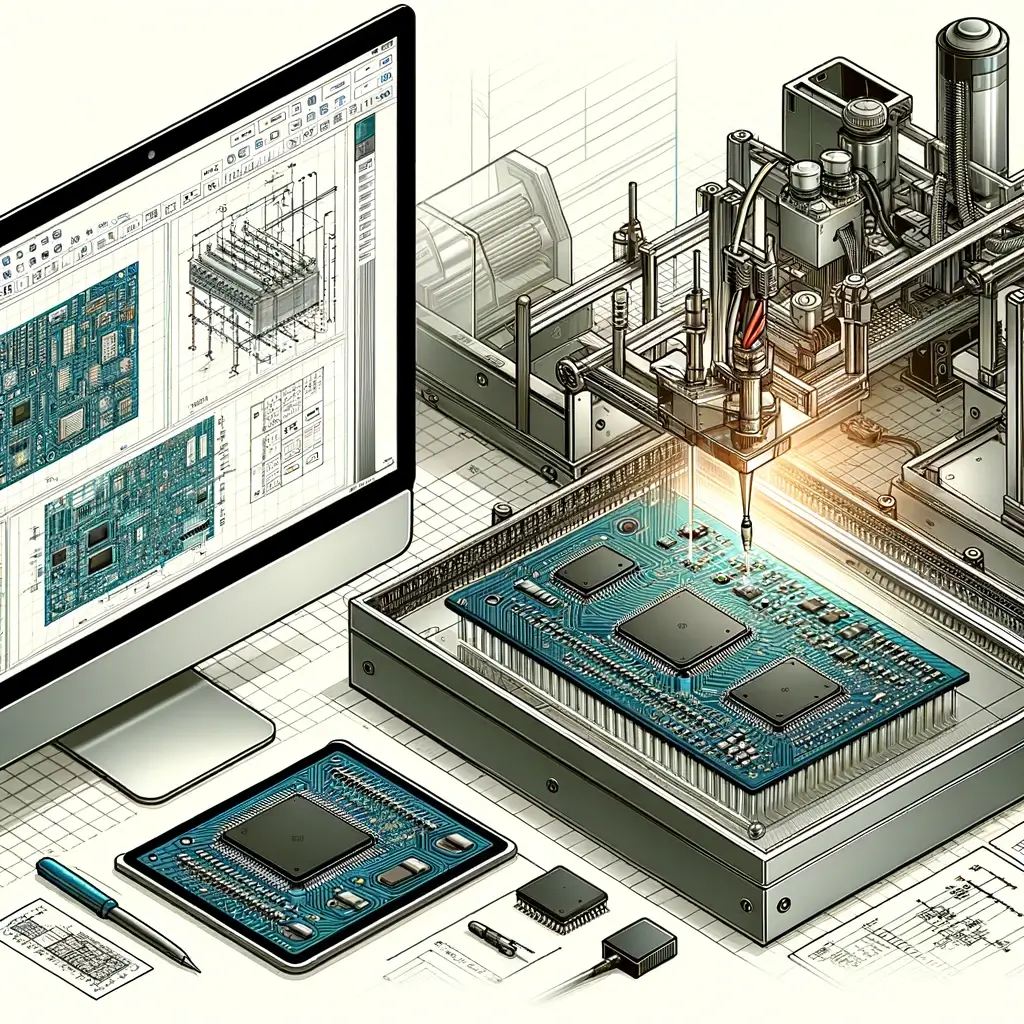What Components Should Be Tested On A PCB and PCB assembly?
All electronic products need to be tested even if they are accurately designed and professionally fabricated, as they can be prone to malfunctions and problems. Printed circuit boards are composed of various electrical components which need to function correctly, and PCB testing is essential to test that each component is functioning.
Capacitors
Testing a capacitor in a printed circuit board requires one end of the capacitor to be removed from the circuit board. Then, it’s essential to make sure that the power supply of DC voltage matches the range of the capacitor to prevent overloading of the device. When you apply a voltage to the circuit board, there may be several outcomes:
- To test if a capacitor has shorted, you will need to see if the voltage from the power supply has been reflected on the meter reading.
- To check if a capacitor may be leaking, you will see a high jump, followed by a low drop on the meter reading.
- If the meter reading shows no jumps when a voltage is applied, then the capacitor may be open or the capacitance is too low for the meter to register it.
Resistors
Testing the resistors on a printed circuit board can be done by firstly isolating the resistors so that the results won’t be skewed by other components on the circuit board. You can then use a digital multimeter or an analogue meter to measure the results. To test the resistor, simply connect the leads from the multimeter to the resistor and run a test.
If your results are too high, then it could be indicating a problem with an open resistor. The other components on the circuit board usually cause the reading to be lower or decrease, so if you get a high value, then there may be a possible problem.
Diodes
Diodes are very sensitive components so caution is advised when testing the component. It is recommended to consult with a professional before testing electrical equipment. To test a diode, you will need to disconnect one end of the diode from the PCB. You can then use a digital meter or an analogue meter and find the red and black meter probes. After locating the probes, you can connect the black probe to the cathode and then connect the red probe to the anode. You can then set the meter between one and ten ohms.
There are a few outcomes which you can expect if there is a problem with the diode:
- To identify a leak in the diode, you should see if the meter registers two readings.
- To check if a diode is forward biased, you should see some resistance in the meter readings.



